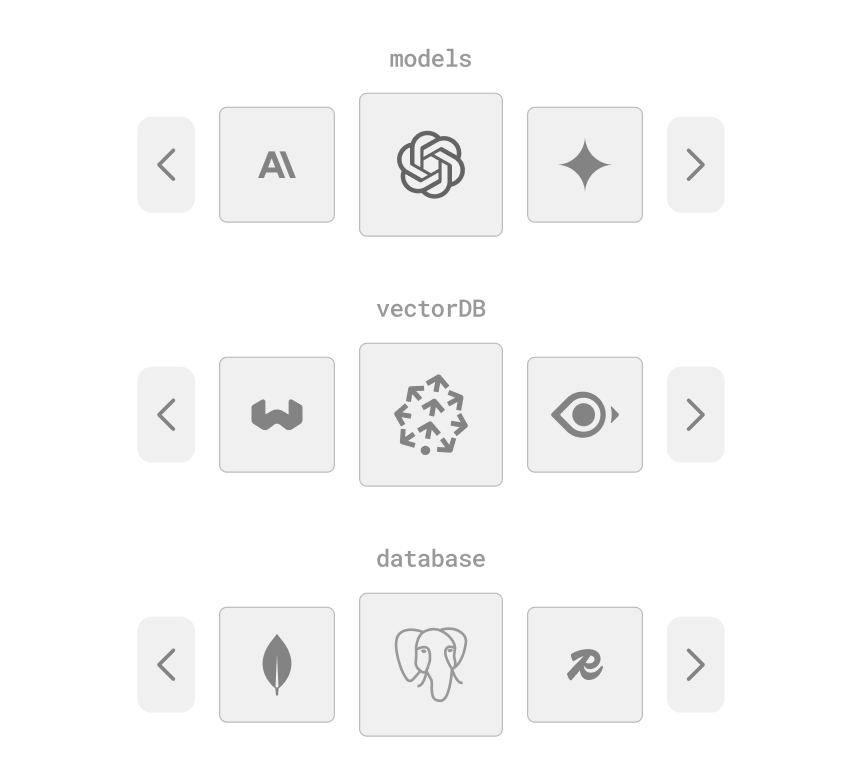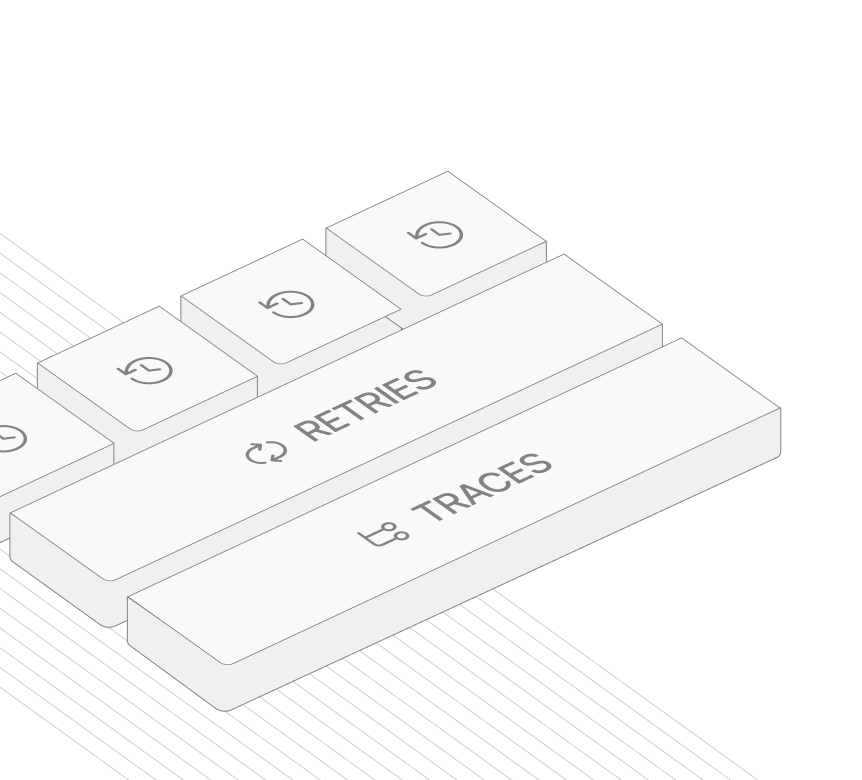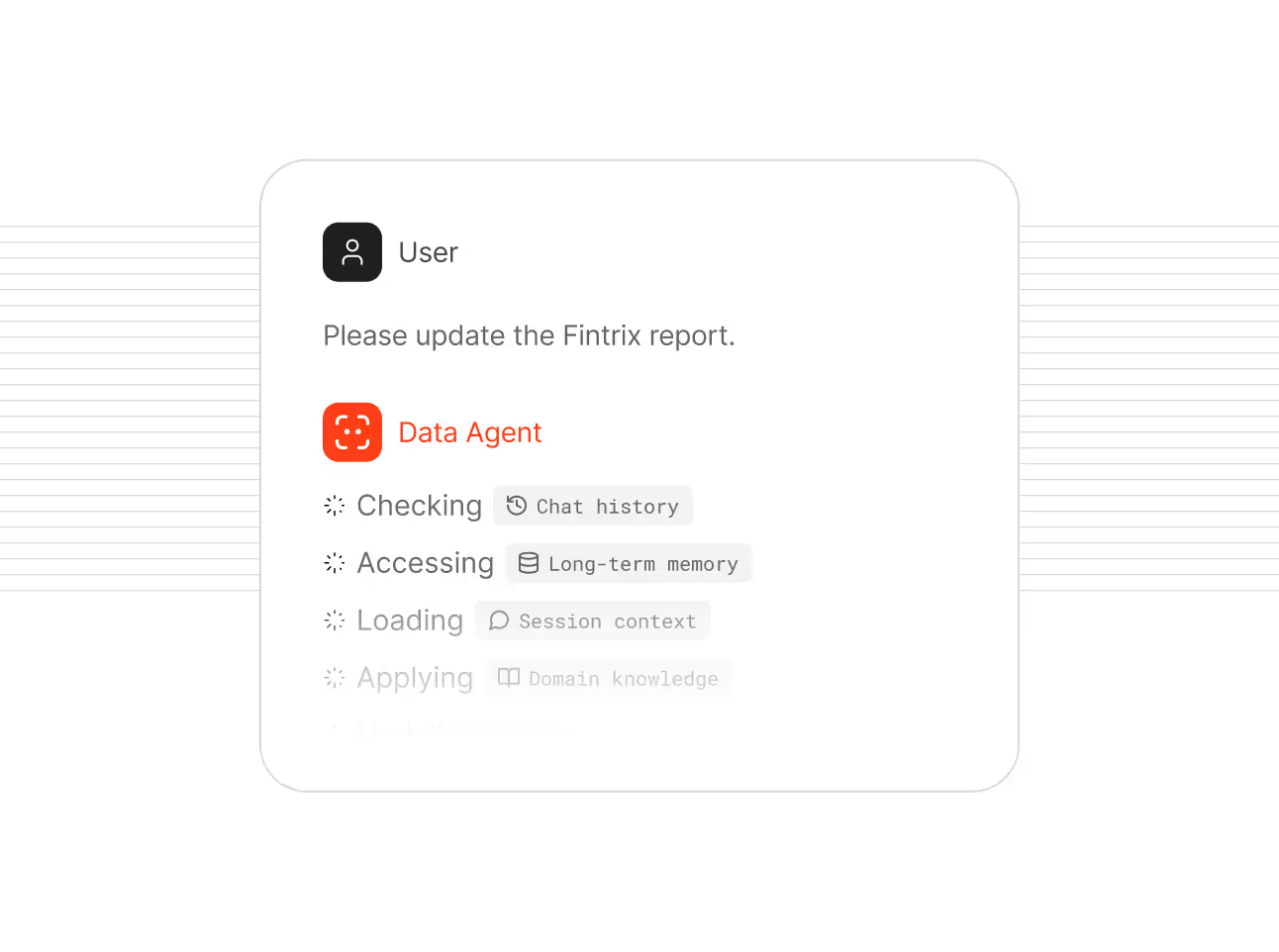Build powerful agents with ease_
Plus, it’s the fastest agentic framework on the market.

Lightweight
Modular
Composable
Scalable
Mark my words. Next big startup will be built on @AgnoAgi… and it might be mine.
The hype is real. @AgnoAgi is what you've been looking for. I still can't believe it's so easy to use. So many new toys to play with.
@AgnoAgi‘s framework is awesome. You can build agents, teams of agents, tools for agents, workflows and connect them to an UI, Telegram, Slack, WhatsApp… it’s just super flexible and easy to work with.
After using Langgraph for a while, tested and evaluated crewai and more, recently I'm starting new projects only with @AgnoAgi, everything just make more sense, well engineered, flexible and way way faster. You guys made an amazing job.
I'm actually very surprised how fast it is to get @AgnoAgi agents up and running. Like literally 2 minutes.
GPT 4.1 + @AgnoAgi = TOTAL POWER! I'm in love with this pairing!
This video was completely generated with a single prompt. Coming soon to SlideShots!!
Thanks to @AgnoAgi
I have been using @AgnoAgi for a while now and can attest it is so much easier to use than other frameworks. Fast too!
langchain / langgraph once lead the way but @AgnoAgi is the leader in agent frameworks right now. It is well engineered, more intuitive, and faster.
Just a few lines of code with the @AgnoAgi. Framework can generate cinematic-quality videos. We're living in the era where Hollywood-level content creation is becoming accessible to any developer willing to experiment.
Why is @AgnoAgi the best framework for Async. Unified API: same agent for sync & async, minimal code changes consistent results, no event loop headaches. Async has never been this easy.
🥗 Over the holidays, I built Sous Chef, an AI agent using @Agno to simplify my family’s meal prep. 🌟
@AgnoAgi is one of the most succinct Agentic frameworks out there. No wasted words.
I don’t highlight this enough: the Memory & Knowledge system in @AgnoAgi is insanely powerful.


Ship reliable agents quickly_
Faster, easier development

Maximum flexibility

Production-grade reliability

Everything you need to build smarter agents_
Long-term memory, session storage, domain knowledge, and chat history give agents the context they need.

Orchestrate teams of agents that collaborate, share context, and execute complex tasks reliably.

Connect to anything in real time to extend capabilities, no custom integrations needed.

Native reasoning tools and chain-of-thought orchestration enable agents to think, not just react.

Apply built-in and custom guardrails to ensure alignment with business, ethical, and operational rules.
Handle text, images, audio, and video both as input and output.
Use 20+ LLMs (OpenAI, Anthropic, Ollama, etc.) interchangeably.
Connect to vector databases and knowledge sources for efficient, context-aware RAG.
Run and manage complex multi-agent systems with confidence_
Agno’s AgentOS is a high-performance runtime for multi-agent AI systems. It delivers reliable, large-scale agent orchestration so companies can run cooperating agents reliably and at speed.

Agno FAQs_
Agno is an open-source Python framework for building and running AI agents. It provides ready-made components—like LLM interfaces, memory, knowledge retrieval, and tool integrations—so developers can focus on logic and features instead of infrastructure.
Agno’s modular design allows you to swap LLMs, databases, or vector stores without rewriting code, and its built-in state management, observability, and human-in-the-loop capabilities make it easier to deploy stable, production-grade agents.
Agno is written in Python, the most widely used language for AI development. It works seamlessly with common Python environments, package managers, and popular data science tooling.
Yes. Agno supports plug-and-play LLM integrations, including OpenAI GPT, Anthropic Claude, Google Gemini, and open-source models (e.g., LLaMA, Mistral) through Ollama or other providers. Switching models requires no core-logic rewrite.
Absolutely. Agno allows you to compose multiple agents that can plan, communicate, and delegate tasks to one another. This enables complex, multi-step workflows such as research pipelines, automated data processing, or customer-support triage.
Agno includes built-in session management to keep conversations and user memory consistent across interactions and scale to many concurrent sessions. It also offers flexible memory primitives—from short-term context to long-term user learning storage—so agents can remember key facts and maintain continuity over time.
Yes. Agno supports human-in-the-loop flows like User Confirmation, User Input, and External Tool Execution. This ensures that humans can review, correct, or guide critical decisions, maintaining accuracy and safety.
Agno provides day-zero, single-line integrations with major vector databases (Pinecone, Weaviate, Qdrant), cloud storage (AWS S3, GCP), collaboration tools (Slack, Notion), and more. Support for the Model Context Protocol (MCP) lets agents securely connect to live data sources and trigger workflows with minimal configuration.
Yes. Agno is built for production-grade reliability with built-in error handling, retries, observability (logging and monitoring), and state persistence. It supports FastAPI integration and runs on containerized infrastructure like Docker or Kubernetes, and can scale from a single agent to thousands of concurrent sessions.
Get started with Agno_
Set up your project
Import Agno into your Python environment and create your first agent. The framework’s clean API makes it easy to start small and iterate quickly.
Define your agent
Define your agent’s purpose and capabilities: choose an LLM, add memory, connect data sources, and enable tools.
Run and scale
Launch and monitor your agent in real time. Then, expand seamlessly from a single prototype to large-scale production.
